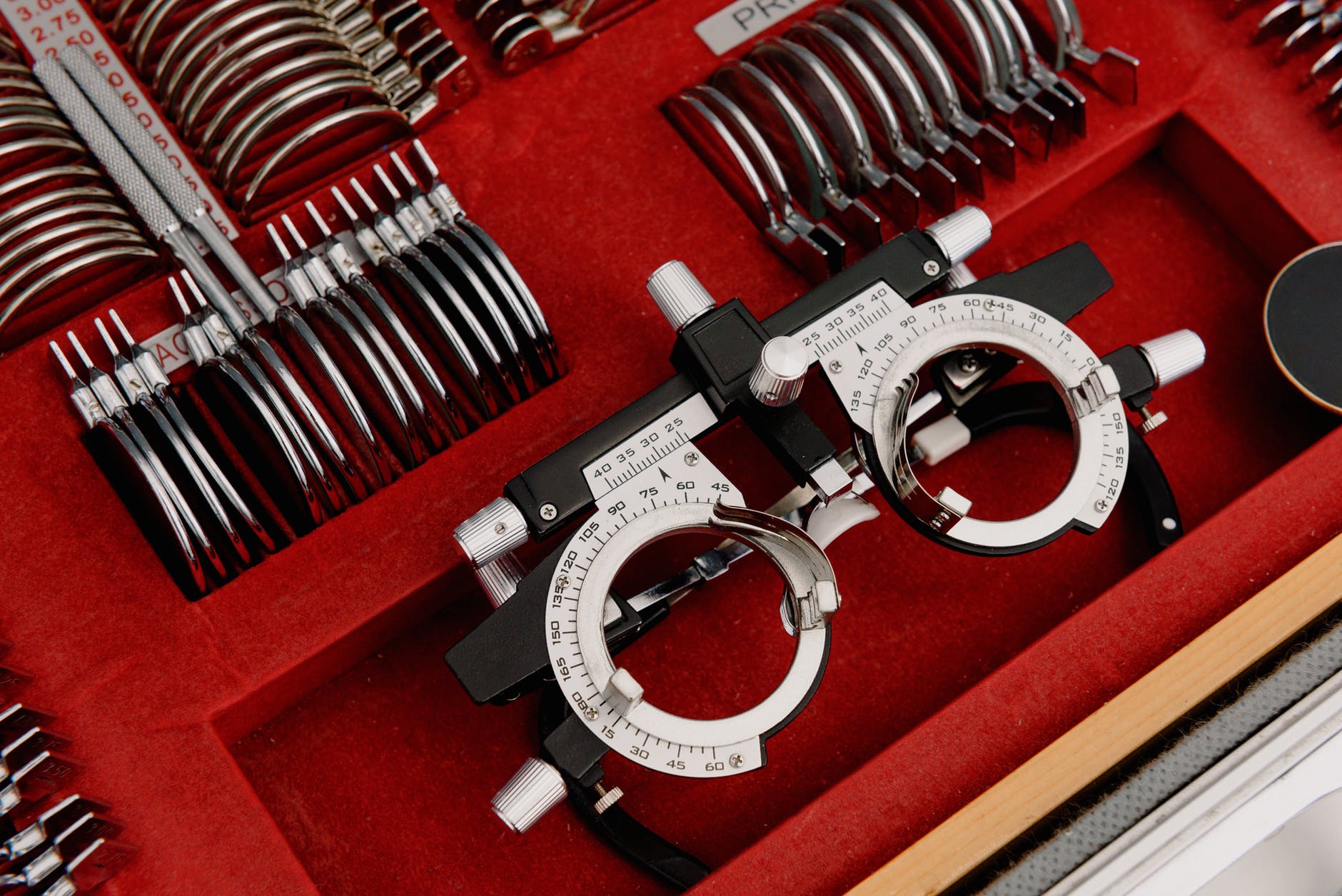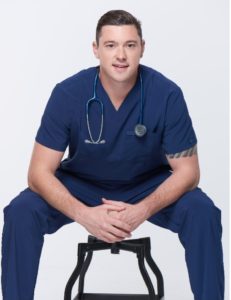It is natural for a person’s eyesight to deteriorate gradually as they age, and in some cases wearing glasses will provide all the help they need. However, a third of Americans over the age of 65 develop an eye condition that impairs their vision significantly. These are referred to as age-related eye diseases or AREDs. Whether you are a senior person who is concerned about your eye health or you are worried about a loved one, it is important to be able to recognize potential warning signs so you can take early action. Here are the four most common eye problems that older people are more susceptible to.

- Glaucoma
Glaucoma is caused by increased pressure in the eye, which damages the optic nerve. The condition can lead to a loss of vision or even blindness. Glaucoma is particularly dangerous as there are often no early symptoms, so a lot of people have the condition and do not know. Glaucoma is one of the main reasons why older people should attend all eye examinations, as it can be detected in its early stages before symptoms have developed.
Over time, glaucoma decreases a person’s peripheral vision, leading to tunnel vision if the condition is not treated. Glaucoma can be treated with medication, but surgery is often necessary. The surgery involves using a laser to increase the flow of fluid exiting the eye to reduce pressure or creating a new drainage path under the eyelid. Glaucoma can be more common in older people who use steroid medication, in those who are nearsighted, and in those who have a family history of glaucoma.
- Cataracts
A cataract occurs when the eye’s lens, which is made up of water and protein, becomes thicker as the protein clumps. This prevents light from entering the lens and can severely impact vision. The clouded lens of the eye can be surgically removed and replaced with a clear lens. Signs of cataracts can cause double- or cloudy vision, glare, and halos around lights. Older people are at particular risk of cataracts, and women tend to suffer with them more than men. Smoking, poor eye protection, and a family history of cataracts can put people at higher risk of developing them.
- Macular Degeneration
Macular degeneration (or MD) affects a person’s central vision, inhibiting their ability to do lots of daily tasks, but complete loss of vision is rare. The macula is in the middle of the retina, so when it degenerates, the person gradually loses their ability to focus. Initially there are no symptoms, but gradually the vision may become blurred or wavy in the center of the person’s vision. The peripheral field of vision is typically unaffected, but as the condition worsens it can be hard for sufferers to see colors or details. MD cannot be cured, but its progression can be slowed with medication or laser surgery, and there are devices for people with impaired vision to help them remain active.
- Diabetic Retinopathy
Diabetes can cause the blood vessels in the retina to leak or to grow in places where they should not be. They will then rupture, and when they heal, they contract and cause detached retinas. This is called diabetic retinopathy, and leads to dark shadows floating in the sufferer’s vision, distorted vision, pain, and eventual loss of vision. This condition cannot be cured, but laser treatment and surgery can help to minimize the loss of a person’s vision if it is caught early enough.
This is a contributed post and therefore may not reflect the views and opinions of this blog or its author.



